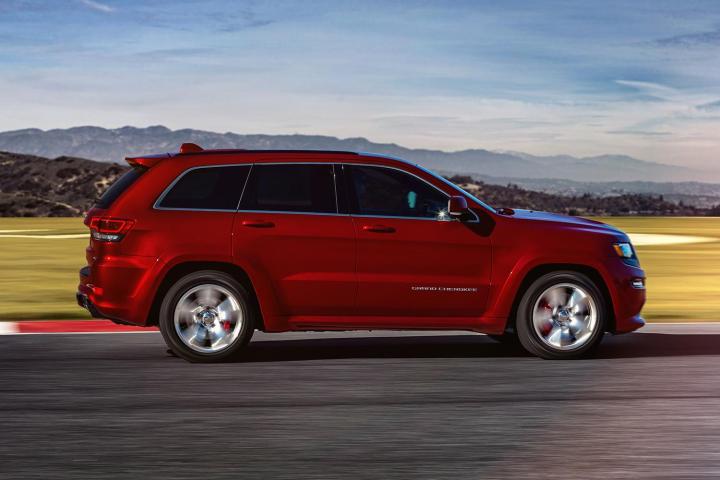
The recall is for 850,000 vehicles sold in the U.S. and 250,000 sold in other countries. The specific models are 2012-2014 Dodge Charger and Chrysler 300 sedans, and 2014-2015 Jeep Grand Cherokee SUVs. The shift indicator design has since been designed for use in all models. Fiat Chrysler updated the Charger and Chrysler 300 gearshift design for the 2015 models and the Jeep Grand Cherokee for the 2016 model year.
Usually occurring soon after purchase, the rollaways happened after drivers thought they had put the transmission in Park and got out of the cars. The result was 314 complaints to the US National Highway Traffic Safety Administration by February. The confusion was the apparent cause of 121 crashes and 41 injuries, including three broken pelvises. In some incidents, the rolling cars hit drivers, other vehicles, and buildings.
While no date has been set for the fix availability, Fiat Chrysler stated they will update the recalled vehicles so they will not roll away, even if owners don’t put the transmission in Park. The NHSTA said it was on it and will watch to be sure Fiat Chrysler fixes the problem in a timely fashion.
There was no statement as to whether the drivers had activated the emergency brake after thinking they’d put the cars in Park. I found disagreement when I did a quick internet check of experts’ opinions about the necessity of emergency brakes when parking, especially on flat ground. If drivers were in the habit of using the emergency brake, however, it’s a good bet the recalled Fiat Chrysler vehicles wouldn’t have rolled. If you have one of the cars on the list, take them in for a fix in a timely manner. Even if you have no issue with the gearshift design personally, selling your unfixed car to someone down the line might end in an unfortunate rollaway.



